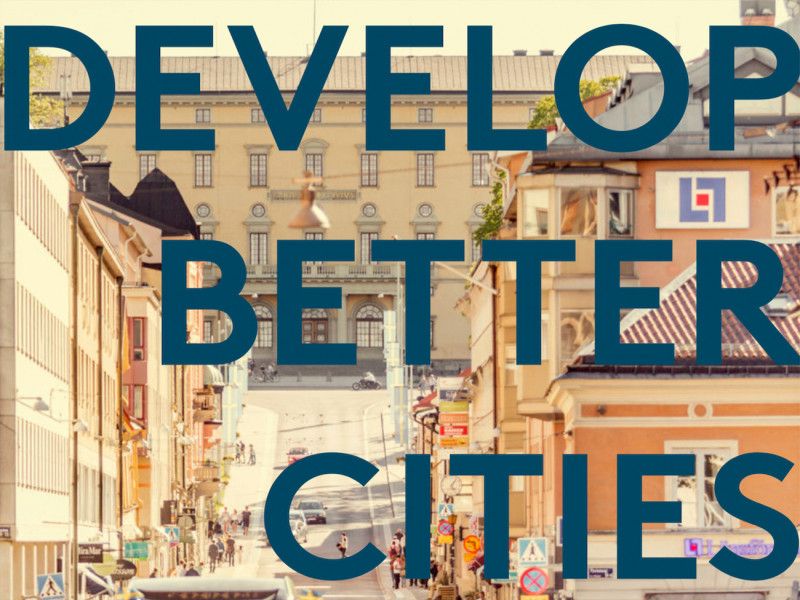“Management is doing things right; leadership is doing the right things.”
– Peter Drucker
Destination marketing organisations have started to realise that their role needs to shift beyond mere marketing, to the management of their destination. This development has created a more systemic understanding of visitor’s impact, one that goes beyond mere numbers of bookings in hotel rooms and restaurants. However, the evolution of DMOs should not stop here. Specifically, the complex relationship of a city and its visitors should be explored in great detail to allow for more effective destination management.
The GDS-Index 2019 Whitepaper proposes that doing things right is no longer an option, as for too long the very things we have been doing have been harmful to our environment and social wellbeing. Instead, we have to become leaders that, aside of doing things right, can also do the right things. How to identify these ‘right’ things to do will be what the remainder of this article will outline.
“Everything is interconnected and being a slow adopter is not an option anymore. With the urgencies of the megatrends, all business owners and citizens within a destination can play a role to speed and scale up sustainable developments.” (p.16)
The sheer scale and complexity of problems such as pollution and social inequality often bring helplessness to the table. Nonetheless, the urgency of the five mega-trends requires us to take immediate action. Based on our experience of working with DMOs from around the world, there are four key building blocks that should be adopted to build a more regenerative culture in your destination.
1. Take the Lead:
While assigning responsibility for complex problems is bound to be a complex matter, it is important to realise that we have to go beyond finger pointing. We have to take action. All top DMOs of the GDS-Index realised that they can and should play an active role in developing the environmental, social, and economic strategy of their municipality. Be it Goyang in South Korea, or Ljubljana in Slovenia, this building block is imperative for a successful and sustainable destination.
2. Integrate Sustainability into Core Business Strategy
Sustainability needs to move out of the periphery, and into the centre of a DMOs activities. While the concept of sustainability is often convoluted, the key take-away is that all three bottom lines (economic, environmental, social) need to be considered. It is the systemic nature of sustainability which calls for its integration with the core strategy of a DMO. Gothenburg has been pioneering this approach, and is recognised as the overall leader of the GDS-Index.
3. Develop a Masterplan
To complement placing sustainability at the centre of a DMOs business strategy, a multi-year masterplan needs to be developed. With most nations and municipalities now integrating sustainability into their policy, destinations have the opportunity to align their own long-term development with that of their region. By developing a shared vision, events and tourism can be catalysts for positive change.
4. Collaborate, Educate, Co-innovate
The context-specific nature of action requires destinations to closely examine their ecosystem, and key industry stakeholders in their region. From locals to visitors, from business to civic actors, everyone that is affected and that influences the industry needs to be included in the process of building a regenerative culture. It is through collaboration that expertise can be shared, awareness raised, and innovation fostered.
Stay tuned for next week’s post, which will begin to outline some of the Tactics for Change, which DMOs can take to become more sustainable destinations. If you are eager to read more now, you can view the entire white paper here.



